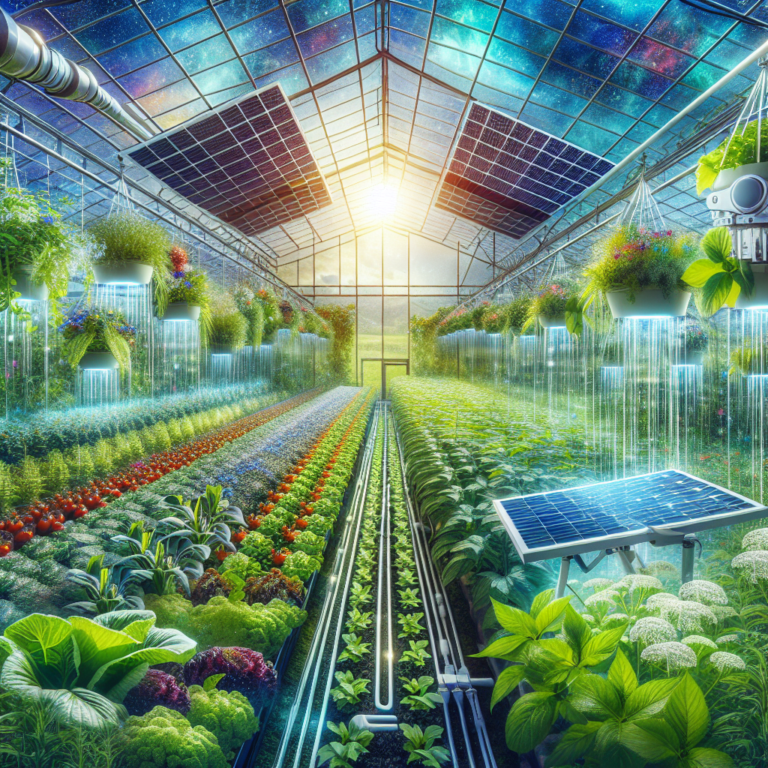Greenhouse farming is becoming an increasingly popular method for farmers to maximize yields while minimizing environmental impact. By creating a controlled environment for crops to grow, growers can optimize growing conditions and protect plants from harsh weather conditions, pests, and diseases.
One of the key benefits of greenhouse farming is the ability to maximize yields. With a controlled environment, farmers can manipulate temperature, humidity, and light levels to create ideal growing conditions for their plants. This can result in higher yields and better quality crops compared to traditional outdoor farming methods.
In addition to maximizing yields, greenhouse farming also offers sustainability benefits. By growing crops in a controlled environment, farmers can reduce the need for pesticides and other chemicals that are commonly used in outdoor farming. This can help to protect the surrounding environment and reduce the impact on the ecosystem.
Furthermore, greenhouse farming can also reduce water usage compared to traditional farming methods. By using drip irrigation systems and capturing and reusing water, growers can minimize water waste and ensure that crops are receiving the optimal amount of water they need to thrive.
Another sustainability benefit of greenhouse farming is the ability to extend the growing season. By creating a controlled environment, farmers can grow crops year-round, regardless of the external weather conditions. This can help to increase production and income for farmers, while also providing consumers with a consistent supply of fresh produce.
Overall, greenhouse farming offers a sustainable and efficient method for farmers to maximize yields while minimizing environmental impact. By creating a controlled environment for crops to grow, growers can optimize growing conditions, reduce the need for pesticides and chemicals, and extend the growing season. This can result in higher yields, better quality crops, and a more sustainable approach to farming.
